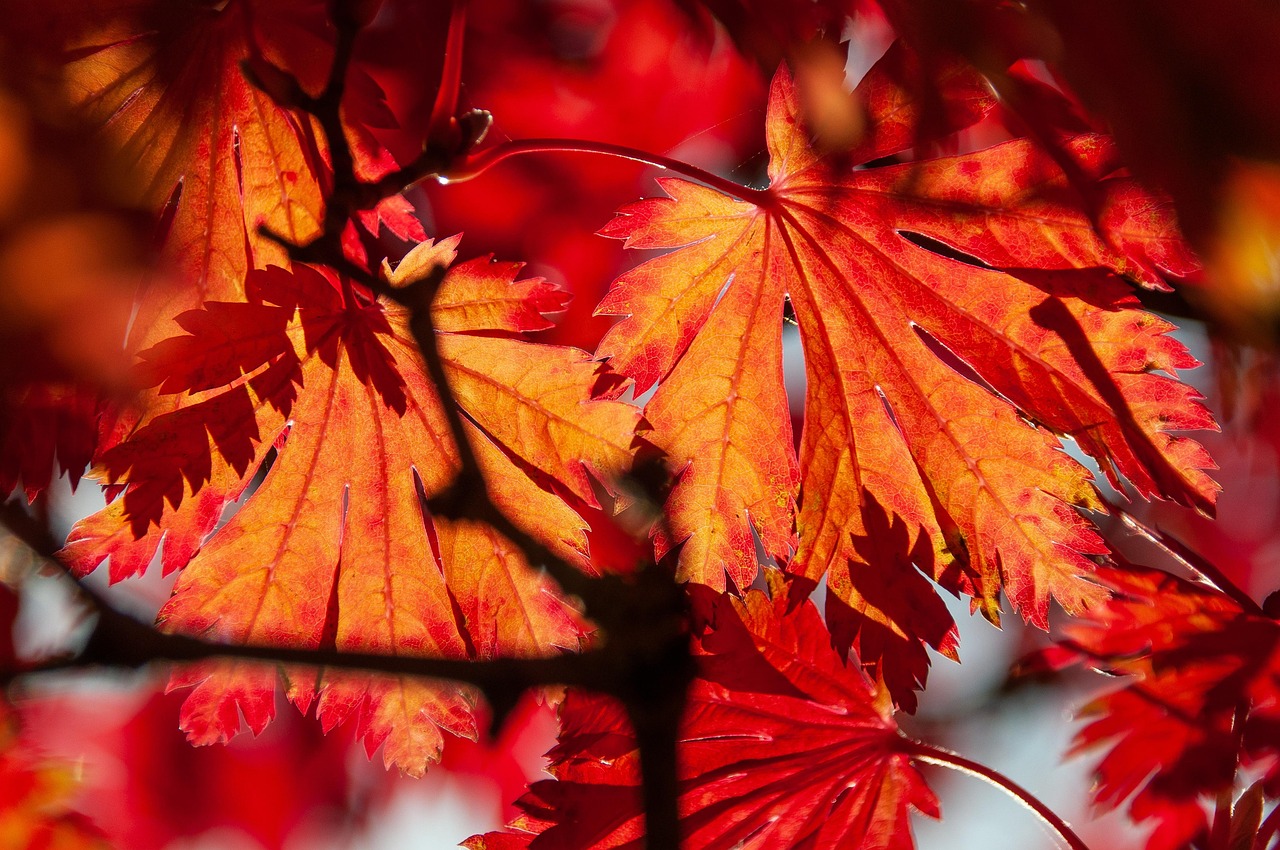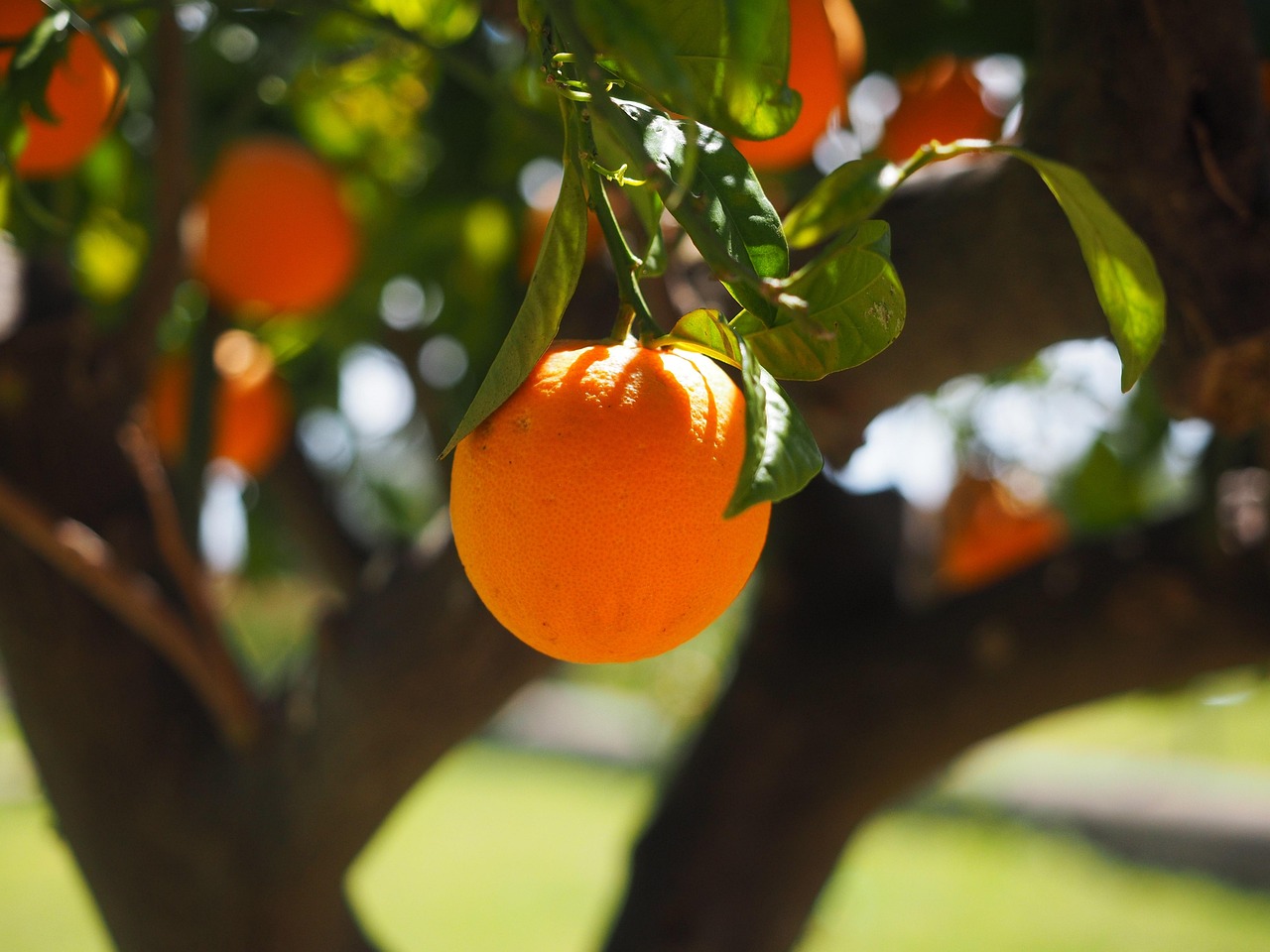Your orange tree may not be fruiting due to several factors including inadequate sunlight, improper watering, nutrient deficiencies, pests, or diseases. Identifying the specific cause is essential for effective solutions that can help restore fruit production.
Orange trees are beloved by many gardeners for their fragrant blossoms and sweet fruits. However, it can be frustrating when these trees fail to produce fruit. Understanding why your orange tree isn’t fruiting is the first step toward finding effective solutions. A variety of factors can inhibit fruit production, ranging from environmental conditions to cultural practices. By assessing these aspects, you can take the necessary steps to encourage your tree to bear fruit.

Common Reasons for Lack of Fruiting
Several key factors may contribute to an orange tree’s inability to produce fruit. Below are some common reasons you might want to consider:
- Inadequate Sunlight: Orange trees require full sun exposure for at least 6 to 8 hours daily to produce fruit.
- Watering Issues: Both overwatering and underwatering can stress the tree, affecting its ability to set fruit.
- Nutrient Deficiencies: A lack of essential nutrients such as nitrogen, potassium, and magnesium can hinder fruit development.
- Pests and Diseases: Infestations or infections can weaken the tree and prevent it from flowering or setting fruit.
- Improper Pruning: Inappropriate pruning techniques can affect the overall health of the tree and its ability to produce fruit.
Understanding these factors is crucial for any gardener. Regular observation and timely intervention can significantly improve your tree’s health and productivity. An effective approach involves examining each aspect of care, from sunlight exposure to soil conditions.
Environmental Factors
The environment plays a significant role in the growth and fruiting of orange trees. Here are some critical environmental factors to consider:

| Factor | Ideal Conditions | Impact on Fruiting |
|---|---|---|
| Sunlight | 6-8 hours daily | Insufficient sunlight can lead to poor flowering and fruiting. |
| Temperature | 65°F – 85°F | Extreme temperatures can stress the tree and affect blooming. |
| Humidity | Moderate humidity levels | Low humidity can cause flower drop before fruit sets. |
Maintaining optimal environmental conditions is vital for your orange tree’s health. If you notice your tree is not receiving adequate sunlight, consider relocating it or trimming back nearby plants that may be casting shade. Additionally, monitor temperature fluctuations throughout the year, especially during winter months.
Watering Techniques
Watering is another crucial aspect of orange tree care. Both overwatering and underwatering can severely impact fruit production. Here are some guidelines:
- Overwatering: This can lead to root rot, causing the tree to decline and potentially stop fruiting altogether. Ensure that the soil drains well and avoid watering if the soil feels moist.
- Underwatering: Insufficient water can stress the tree, leading to flower and fruit drop. Water deeply but infrequently to encourage strong root growth.
A good rule of thumb is to provide water when the top inch of soil feels dry. Adjust your watering schedule according to seasonal changes and rainfall patterns. Keeping a close eye on soil moisture levels will help ensure your orange tree remains healthy and productive.

Nutrient Management
Nutrient deficiencies can also lead to poor fruiting in orange trees. It is essential to provide a balanced fertilizer that meets the specific needs of citrus trees. Nutrients such as nitrogen promote healthy foliage growth, while potassium supports flower and fruit development.
You might want to conduct a soil test to determine nutrient levels and pH balance. Based on the results, you can amend your soil with fertilizers or organic matter to enhance fertility.
By addressing these common issues, you can create a more favorable environment for your orange tree, increasing the chances of a bountiful harvest. Keep monitoring your tree’s health regularly for signs of improvement or further issues as you implement these strategies.

Pest and Disease Management
Another significant reason your orange tree may not be fruiting is due to pest infestations or diseases. These issues can weaken the tree, hinder its growth, and affect its ability to produce fruit. Understanding common pests and diseases is crucial for effective management.
Common Pests
Several pests can affect orange trees, leading to poor health and reduced fruiting. Here are some common pests to look for:
- Spider Mites: These tiny pests thrive in dry conditions. They can cause leaf discoloration and premature leaf drop.
- Aphids: Aphids can sap the tree’s nutrients, leading to stunted growth and distorted leaves. They also produce honeydew, which attracts sooty mold.
- Scale Insects: These pests attach themselves to the bark and leaves. They can weaken the tree significantly if not controlled.
- Citrus Leaf Miners: These larvae tunnel through the leaves, creating unsightly damage that can affect photosynthesis.
Regular inspections of your orange tree can help you catch these pests early. Look for signs such as discolored leaves, sticky residue, or visible insects on the foliage.
Disease Prevention
In addition to pests, various diseases can impact the health of your orange tree. Common diseases include:
- Citrus Greening (HLB): This is a severe disease caused by bacteria spread by psyllids. Symptoms include yellowing leaves and misshapen fruit.
- Root Rot: Often caused by overwatering or poor drainage, root rot can lead to wilting and eventual tree death.
- Powdery Mildew: This fungal disease appears as a white powdery substance on the leaves. It can inhibit photosynthesis and reduce fruit quality.
Preventive measures are essential for managing diseases effectively. Here are some strategies:
- Regular Monitoring: Inspect your tree frequently for signs of pests and diseases.
- Proper Watering: Ensure adequate drainage to prevent root rot.
- Fungal Treatments: Use appropriate fungicides if fungal infections are detected.
- Healthy Practices: Prune away dead or infected branches to prevent the spread of disease.
Pruning Techniques
Pruning is an essential practice that supports healthy growth and fruiting in orange trees. Proper pruning techniques help manage tree shape and airflow, which can improve sunlight exposure and reduce disease risk.
When to Prune
The ideal time for pruning orange trees is during late winter or early spring before new growth begins. This timing allows the tree to recover quickly and promote robust growth during the growing season.
How to Prune
Here are some key tips for effective pruning:
- Remove Dead or Diseased Wood: Cut away any branches that show signs of disease or decay to promote overall tree health.
- Thin Out Crowded Areas: Reducing overcrowded branches improves air circulation and light penetration, encouraging better fruit production.
- Maintain Shape: Aim for a balanced shape that allows sunlight to reach all parts of the tree. Avoid excessive topping, which can lead to weak growth.
- Cut at an Angle: When making cuts, angle them away from the bud to help rainwater run off and prevent rot.
Conclusion of Care Practices
The overall health of your orange tree significantly impacts its ability to produce fruit. By managing pests and diseases effectively, practicing good pruning techniques, and ensuring proper nutrient and water levels, you can foster a thriving environment for your orange tree. Consistent care and attention will lead you closer to enjoying a bountiful harvest in due time.
Climate Considerations for Orange Trees
The climate in which your orange tree is planted plays a crucial role in its ability to bear fruit. Orange trees thrive in warm, subtropical to tropical climates. Understanding the specific climate needs of orange trees can help you avoid issues that lead to poor fruiting.
Temperature Requirements
Orange trees prefer temperatures between 65°F and 85°F. Extreme temperatures can negatively affect flowering and fruit set. Here are some temperature considerations:
- Frost Sensitivity: Orange trees are susceptible to frost damage. Frost can kill blossoms and young fruit, leading to reduced yields. In areas prone to frost, consider planting your tree in a location that is shielded from cold winds.
- Heat Stress: High temperatures, especially during flowering, can cause flowers to drop prematurely. Ensure your tree receives adequate water during heat waves to mitigate stress.
Humidity Levels
Humidity also plays a significant role in the health of orange trees. While they prefer moderate humidity levels, fluctuations can impact fruiting:
- Low Humidity: Extremely dry conditions can lead to flower drop and poor fruit development. If you live in a dry area, consider using mulch to retain soil moisture or misting your tree during dry spells.
- High Humidity: Excessive humidity can promote fungal diseases, which can inhibit fruit production. Ensure good air circulation around the tree to prevent disease outbreaks.
Soil Quality and pH Levels
The quality of the soil where your orange tree is planted is another critical factor affecting fruit production. Healthy soil provides essential nutrients and a suitable environment for root development.
Soil Type
Orange trees thrive in well-draining soils. Here are some ideal soil characteristics:
- Loamy Soil: A mix of sand, silt, and clay provides good drainage and nutrient retention.
- Avoid Heavy Clay: Heavy clay soils can retain too much moisture, leading to root rot.
- Sand: Sandy soils drain quickly but may require more frequent watering.
Soil pH
The pH level of the soil significantly affects nutrient availability. Orange trees prefer slightly acidic to neutral soil, with an ideal pH range of 6.0 to 7.0. You can determine your soil’s pH through a simple home test or by sending a sample to a local agricultural extension service.
If your soil is too acidic or alkaline, consider the following amendments:
| Soil Condition | Amendment | Application Method |
|---|---|---|
| Too Acidic (pH < 6.0) | Lime | Spread lime evenly over the soil and mix it in. |
| Too Alkaline (pH > 7.0) | Sulfur or Organic Matter | Add sulfur or organic matter, such as compost, and mix it well into the soil. |
Varietal Differences in Fruit Production
Different varieties of orange trees have unique characteristics that can affect their fruiting patterns. Understanding these differences can help you choose the right variety for your location and gardening style.
Citrus Varieties
Some popular orange tree varieties include:
- Navel Oranges: Known for their sweetness and lack of seeds, they are excellent for fresh eating but may require specific conditions for optimal fruit set.
- Valencia Oranges: Valued for their juiciness, they are often used for juice production. They may take longer to mature compared to other varieties.
- Pineapple Oranges: These have a distinct flavor and are smaller in size. They may be less tolerant of cold weather.
When selecting an orange tree variety, consider factors such as local climate, resistance to pests and diseases, and your purpose for growing the tree (e.g., fresh eating vs. juicing). Research thoroughly to find the best fit for your garden.
Selecting the right variety and providing adequate care will significantly enhance your chances of enjoying a fruitful harvest from your orange tree.
Water Management Practices
Proper water management is a critical factor in ensuring your orange tree produces fruit. It is essential to establish an effective watering routine tailored to your tree’s needs and environmental conditions.
Watering Frequency
The watering frequency will depend on various factors, including soil type, weather conditions, and the tree’s age. Here are some guidelines:
- Young Trees: Newly planted orange trees require consistent moisture to establish their root systems. Water them deeply once or twice a week, depending on rainfall.
- Mature Trees: Established trees can tolerate longer intervals between watering. Generally, watering every 10 to 14 days is sufficient, but this varies with rainfall and temperature.
Signs of Water Stress
Being vigilant about the signs of water stress can help you adjust your watering practices effectively. Look for the following symptoms:
- Wilting Leaves: Leaves that droop or appear limp may indicate insufficient water.
- Leaf Yellowing: Yellow leaves can signal both overwatering and underwatering. Evaluate your watering routine to determine the cause.
- Fruit Drop: If fruits drop prematurely, it may be a sign of water stress, either too much or too little moisture.
Seasonal Care Tips
Different seasons present unique challenges and opportunities for orange tree care. Understanding these seasonal variations can greatly enhance your tree’s health and fruit production.
Spring Care
Spring is a critical time for your orange tree as it prepares to bloom. Here are some care tips:
- Fertilization: Apply a balanced fertilizer rich in nitrogen and potassium to promote healthy growth and flowering.
- Pest Monitoring: Keep an eye out for emerging pests as the weather warms up. Early intervention can prevent infestations.
Summer Care
Summer brings heat, so adjustments in care are necessary:
- Watering Adjustments: Increase watering frequency during hot spells to prevent stress.
- Mulching: Applying mulch can help retain soil moisture and regulate temperature.
Fall Care
As temperatures begin to drop in fall, focus on preparing your tree for winter:
- Final Fertilization: Apply a slow-release fertilizer to support growth as the tree enters dormancy.
- Pest Control: Inspect for any remaining pests and treat them before winter sets in.
Winter Care
Winter presents specific challenges, especially in colder regions:
- Protection from Frost: Consider covering your tree with cloth or using frost cloths if frost is expected.
- Watering Schedule: Reduce watering frequency as the tree requires less moisture during dormancy.
Final Thoughts
Caring for an orange tree involves understanding various factors that influence its ability to produce fruit. From the right environmental conditions to effective water management, nutrient supply, and pest control, each element plays a crucial role. By addressing these aspects diligently, you can help ensure your orange tree thrives and yields a bountiful harvest.
Selecting the right variety for your climate while implementing proper care practices will significantly enhance your chances of success. Remember to monitor your tree regularly for any signs of stress or disease, and be prepared to adjust your care techniques as needed throughout the seasons.
The journey of growing an orange tree can be fulfilling, offering not just delicious fruit but also the joy of nurturing a living plant. With patience and care, you can transform your garden into a fruitful oasis filled with vibrant oranges ready for harvest.
